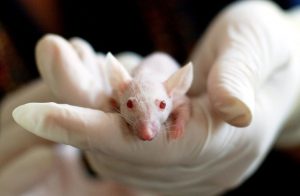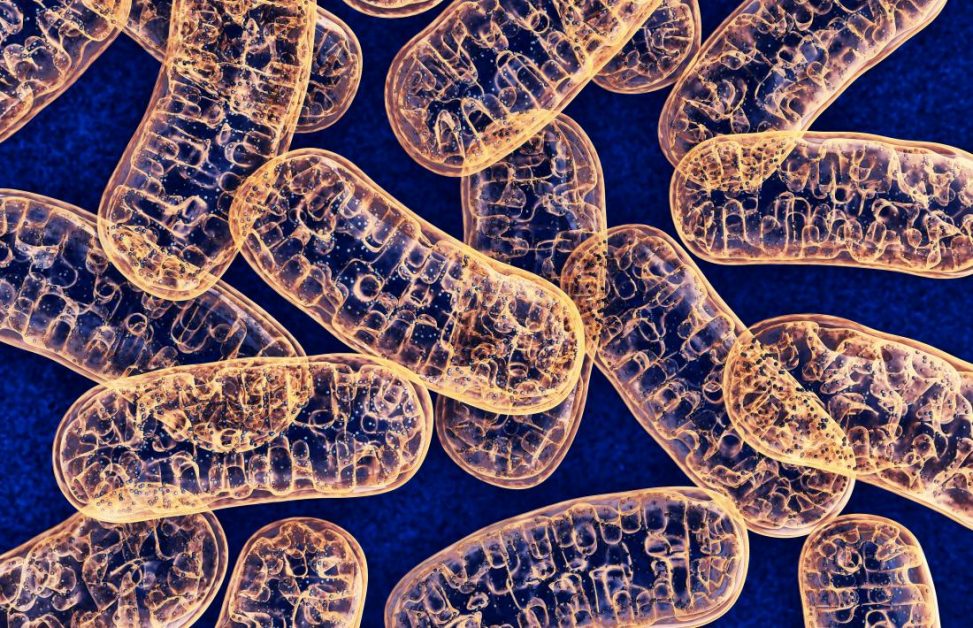Researchers that study nutrition, immunology, and gastroenterology recently conducted research on an inflammatory bowel disease known as Crohn’s disease. Crohn’s disease is a chronic condition that cannot be cured. Previous research has determined that mitochondrial dysfunction and alterations in the metabolic pathways can result in impaired Paneth cells (cells lining the small intestinal tract). The lack of proper function in these cells cause the symptoms associated with Crohn’s disease. Researchers wanted to gather more specific information regarding how the mitochondria and the Paneth cells contribute to Crohn’s disease.
Tissue samples from the small intestine of patients with Crohn’s disease

Provided by Pexels, Royalty Free Images
were collected and evaluated. In addition, researchers created mouse models, in which the mice exhibited mitochondrial dysfunction and inflammation similar to that of Crohn’s disease. Researchers studied the tissue samples and the mice in order to gather additional information about the disease.
I know you are eager to see the results, but there are a few logistics that I need to share. First, there is a gene that serves as the code for creating intestinal stem cells. This gene is referred to as Lgr5. Stem cells do not have a specific purpose until they go through the process of differentiation. Differentiation is when a cell is given a specific function and purpose within the body. The mitochondria is a key structure in cellular metabolism (breaking down and creating structures) and cellular metabolism controls the differentiation of a cell. When differentiation occurs, the intestinal stem cells often become Paneth cells. Paneth cells contribute to tissue regeneration and without them no new tissue could be created. When the Lgr5 gene is not functioning properly, the intestinal stem cells produced differentiate into Paneth cells that serve a different purpose from what they were supposed to. I know that was a lot of information to process, but it will help you better understand the results.
Researchers discovered that mitochondrial dysfunction results in reduced functionality of the gene Lgr5 and causes the intestinal stem cells to differentiate into Paneth cells with an abnormal function. In addition, they discovered that reduced functionality of the gene Lgr5 also correlates with intestinal inflammation in patients with Crohn’s disease and the mice with a Crohn’s like disease. This occurred because the Paneth cells developed a new function. They no longer serve as normal intestinal tissue cells. As a result, we see inflammation of the intestinal tract, the main characteristic of Crohn’s disease.
This process is rather long and complex, but it is valuable to understand the underlying causes of Crohn’s disease. Understanding how Crohn’s disease develops in the body may be the first step to creating a cure for this condition. The more we know about the disease, the better. All we can do is let the researchers do what they do best and hope that a cure is discovered in the near future.
Khaloian, S., Rath, E., Hammoudi, N., Gleisinger, E., Blutke, A., Giesbertz, P., Berger, E., Metwaly, A., Waldschmitt, N., Allez, M., & Haller, D. 2020. Mitochondrial impairment drives intestinal stem cell transition into dysfunctional Paneth cells predicting Crohn’s disease recurrence. Gut 1: 1-13.

Alex
"This title was very eye catching! That is so interesting that such a ..."
Alex
"This is really interesting! The fact that crops and plants are damaged is ..."
Alex
"Well done, this article is great and the information is very captivating! Ethics ..."
Alex
"I was intrigued throughout the whole article! This is such an interesting topic, ..."
Alex
"This is such an interesting article, and very relevant!! Great job at explaining ..."
Grandpa
"Honey You Did a good job I will forward to my eye doctor "
murphymv
"This article is fascinating because it delves into the details of the research ..."
murphymv
"I agree, adding the photo helped solidify the main finding. "
murphymv
"This is a fascinating finding. I hope this innovative approach to improving transplants ..."
Sherzilla
"This is a great article! I would really love to hear how exactly ..."
Sherzilla
"It's disappointment that these treatments were not very effective but hopefully other researchers ..."
Sherzilla
"I agree with your idea that we need to shift our focus to ..."
Sherzilla
"It's amazing to see how such an everyday household product such as ..."
Lauren Kageler
"I will be interested to see what the data looks like from the ..."
Lauren Kageler
"A very interesting article that emphasizes one of the many benefits that the ..."
maricha
"Great post! I had known about the plight of Little Browns, but I ..."
Sherzilla
"I assumed cancer patients were more at risk to the virus but I ..."
Sherzilla
"Great article! It sheds light on a topic that everyone is curious about. ..."
maricha
"This article is full of really important and relevant information! I really liked ..."
maricha
"Definitely a very newsworthy article! Nice job explaining the structure of the virus ..."
maricha
"It's interesting to think that humans aren't only species dealing with the global ..."
murphymv
"This is very interesting and well explained. I am not too familiar with ..."
Lauren Kageler
"Great article! This post is sure to be a useful resource for any ..."
Lauren Kageler
"Definitely seems like an odd pairing at first, but any step forward in ..."
murphymv
"What an interesting article! As you say, height and dementia seem unrelated at ..."
murphymv
"Great article! I learned several new methods of wildlife tracking. This seems like ..."
murphymv
"Very interesting topic! You explained cascade testing and its importance very well. I ..."
Alex
"This article is really interesting! What got me hooked right away was the ..."
Sabrina
"I found this article super interesting! It’s crazy how everyday products can cause ..."
Erin Heeschen
"I love the layout of this article; it's very eyecatching! The advancements of prosthetics ..."
murphymv
"Awesome article! I like the personality in the writing. Flash Graphene not only ..."
murphymv
"Very interesting work! I don't know a whole lot about genetics, but this ..."
Cami Meckley
"I think the idea of using virtual reality technology to better help prepare ..."
Erin Heeschen
"I wonder if there's a connection between tourist season and wildfires in the ..."
Ralph berezan
"Not bad Good work "
Michelle
"This sounds like it would be a great tool for medical students! ..."